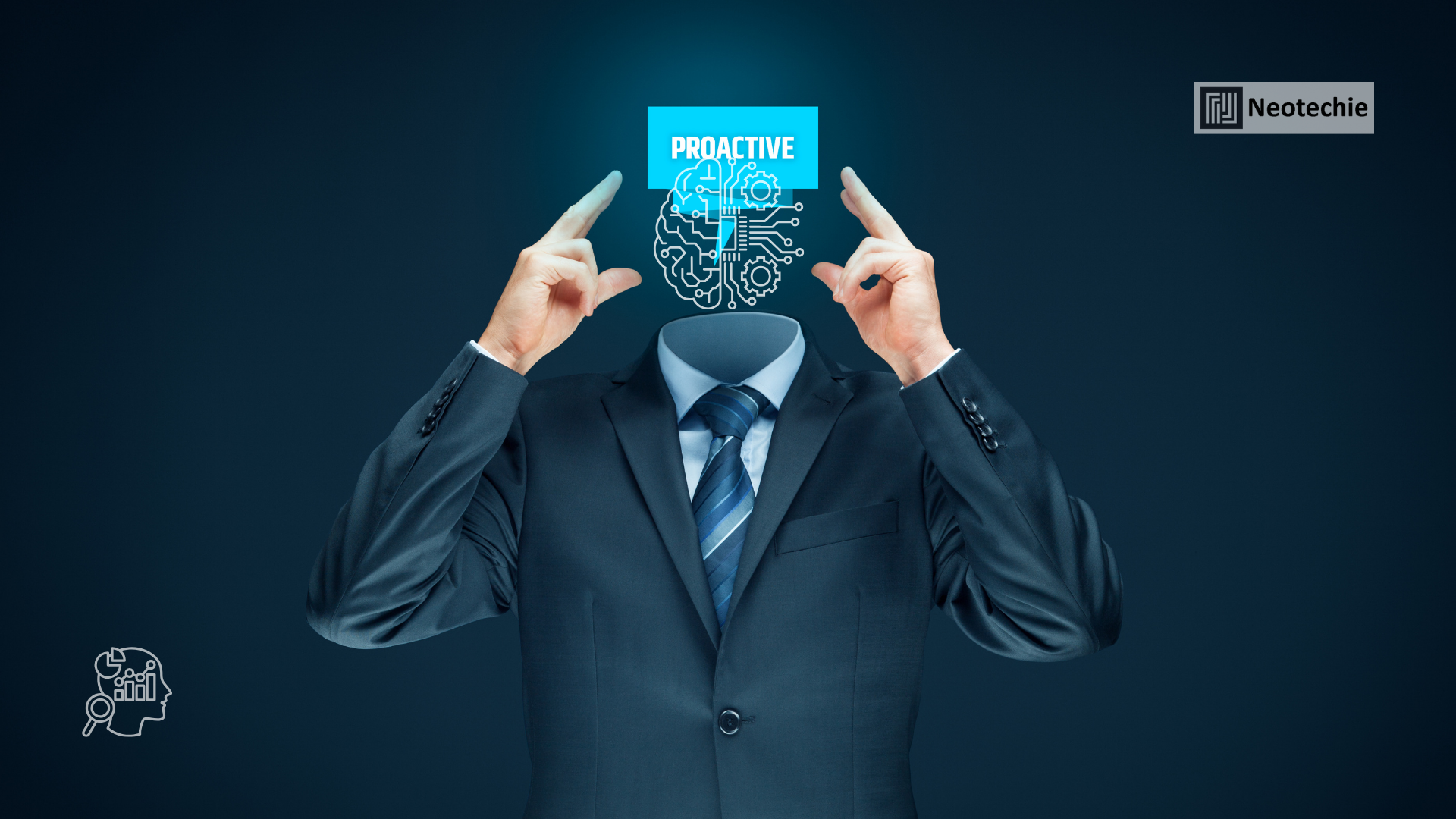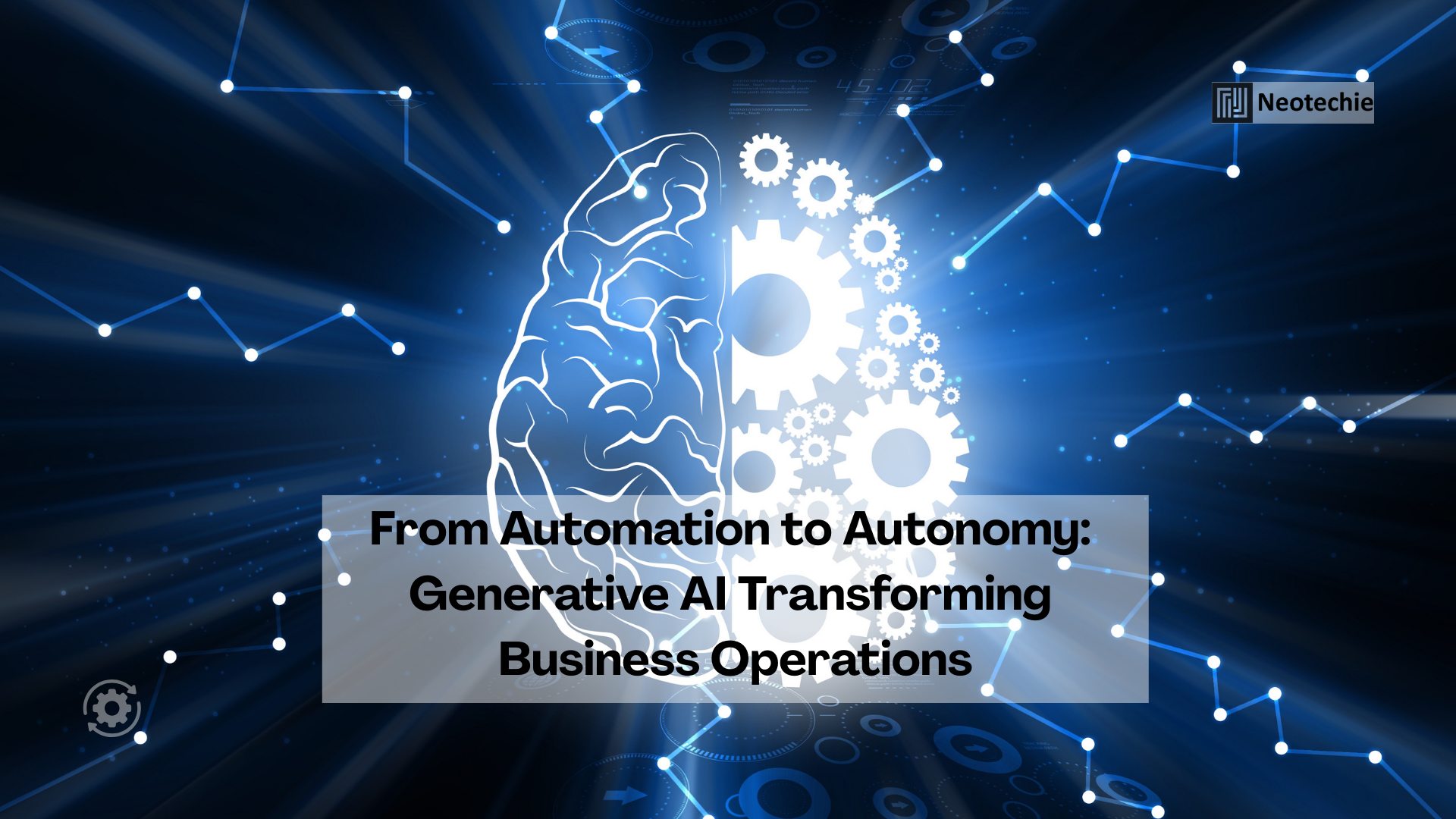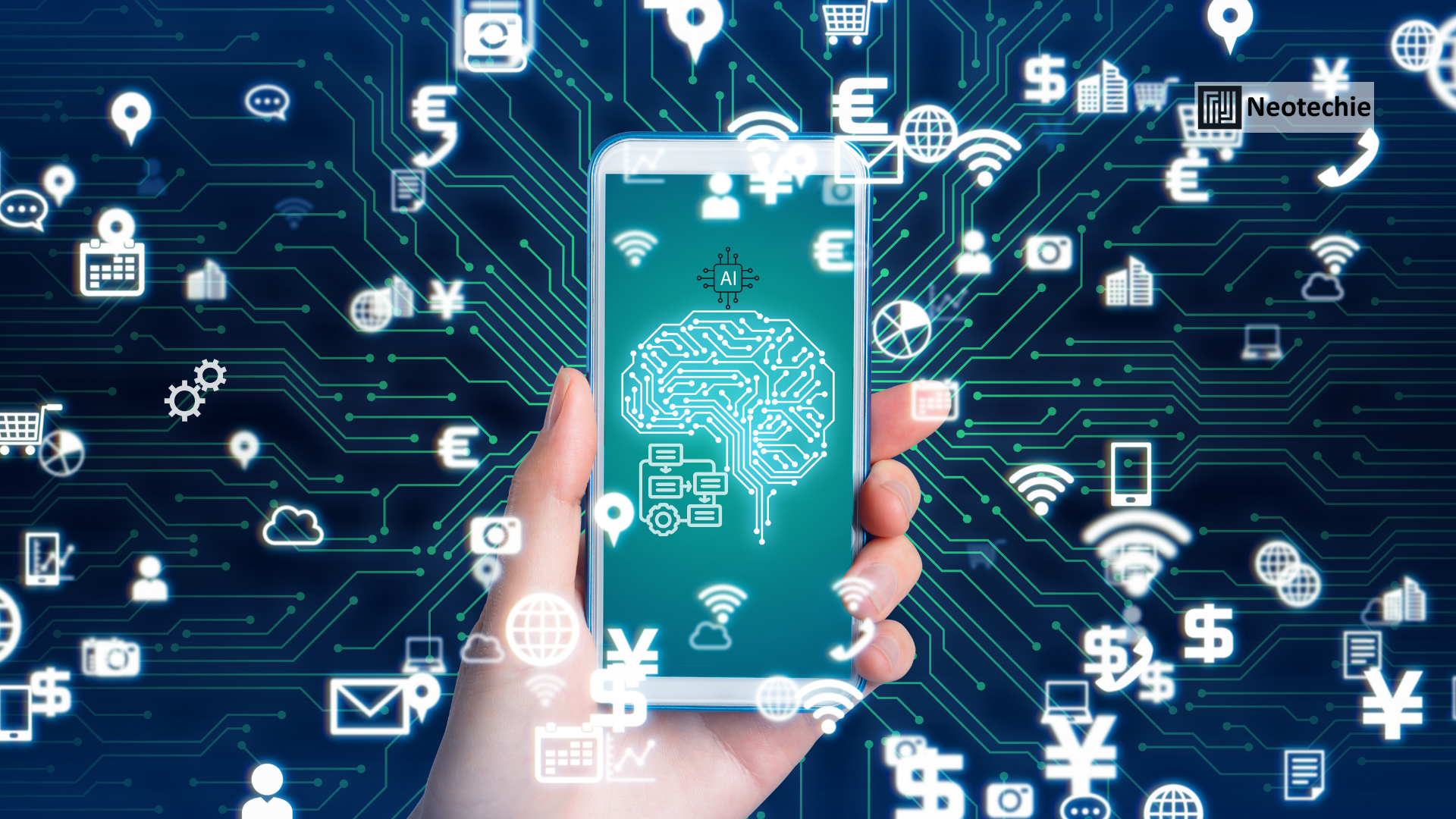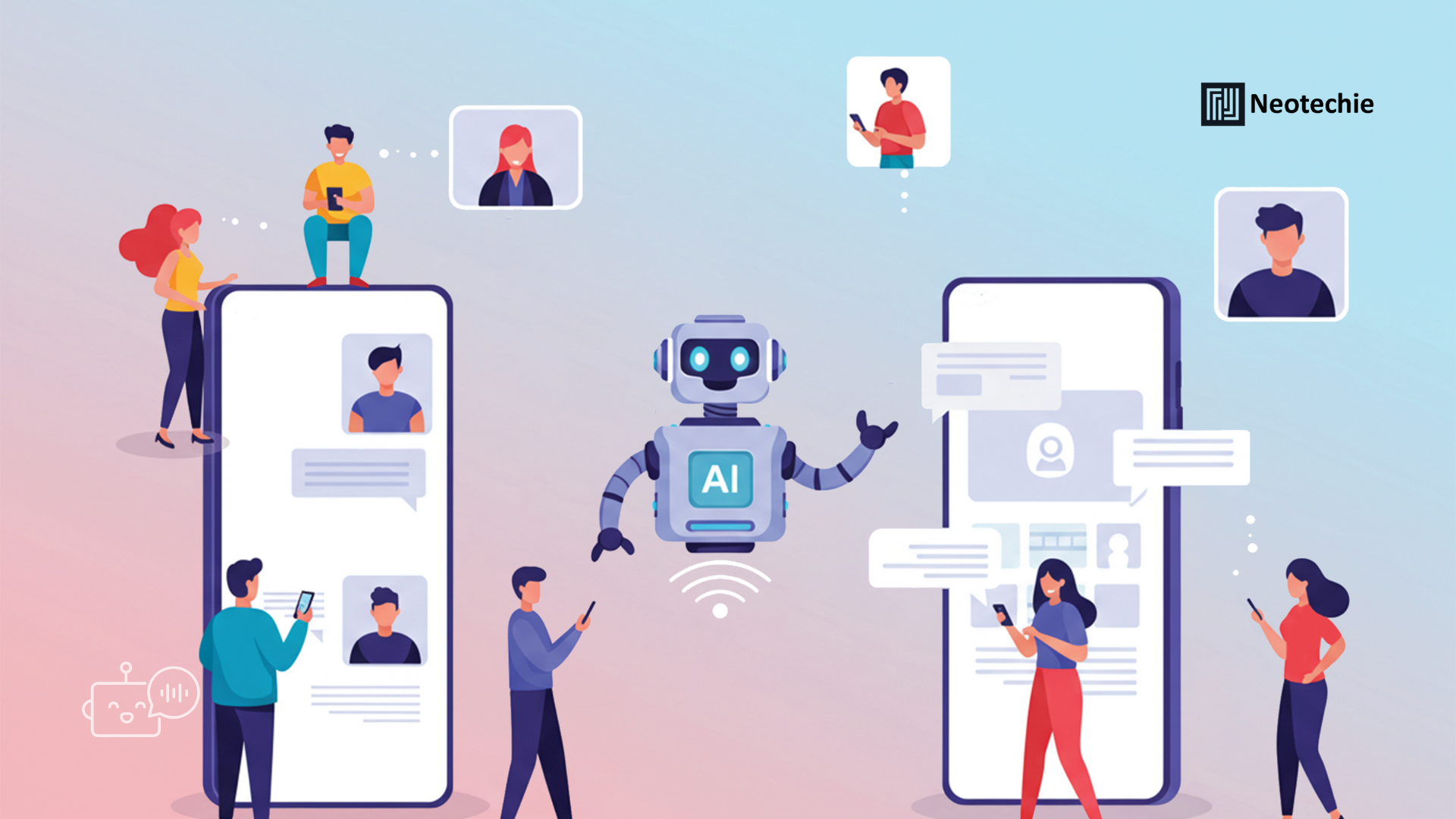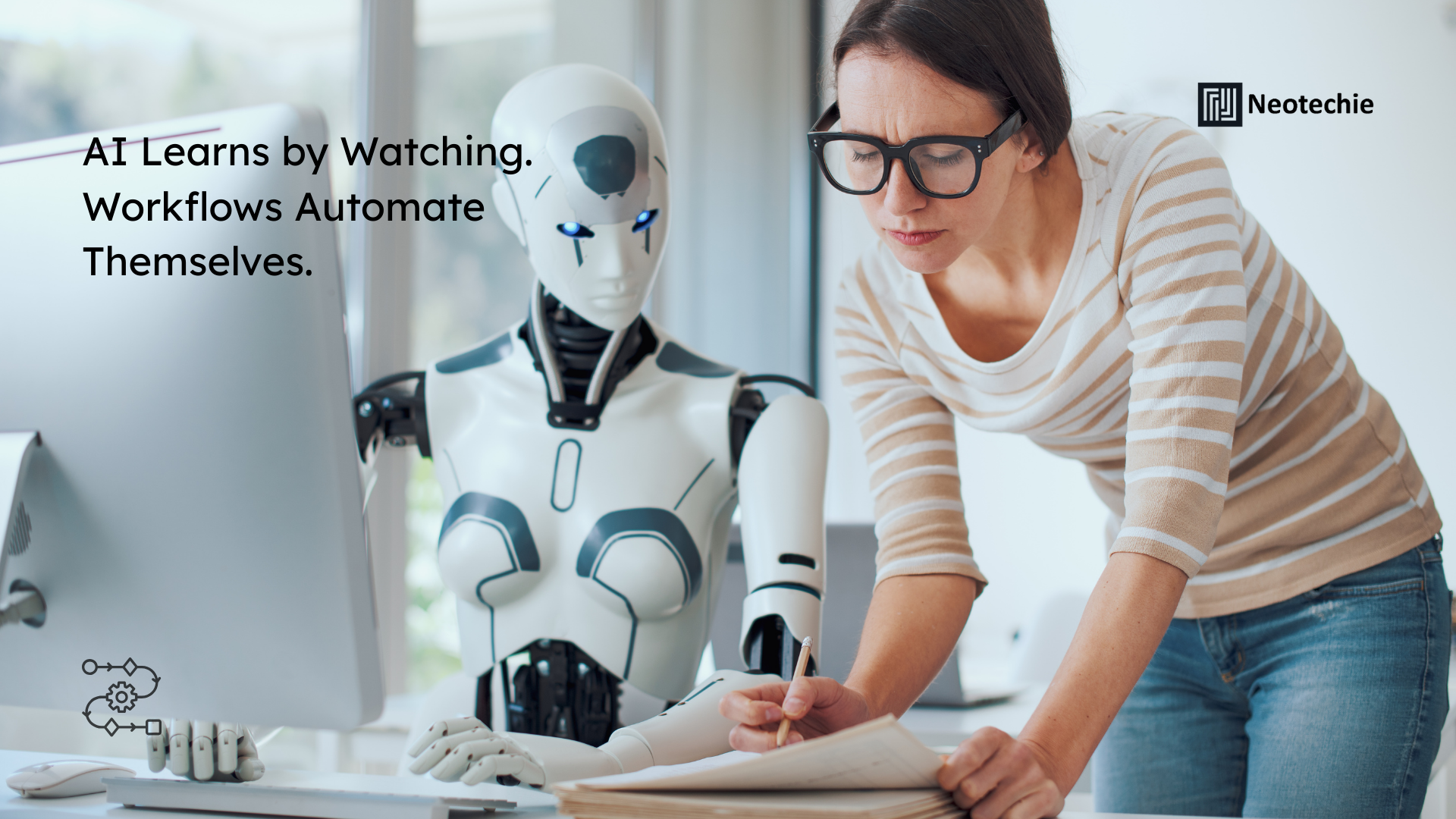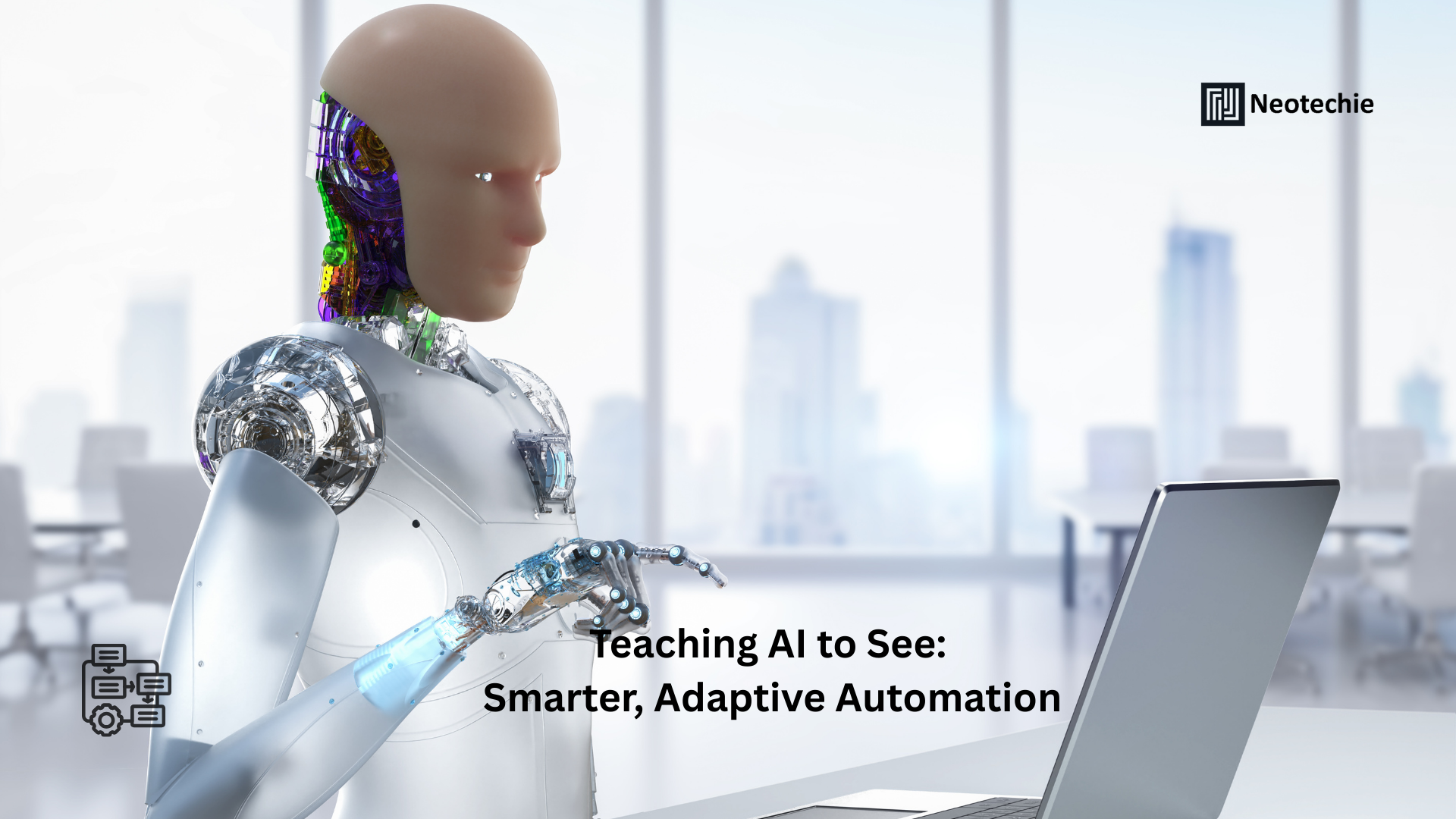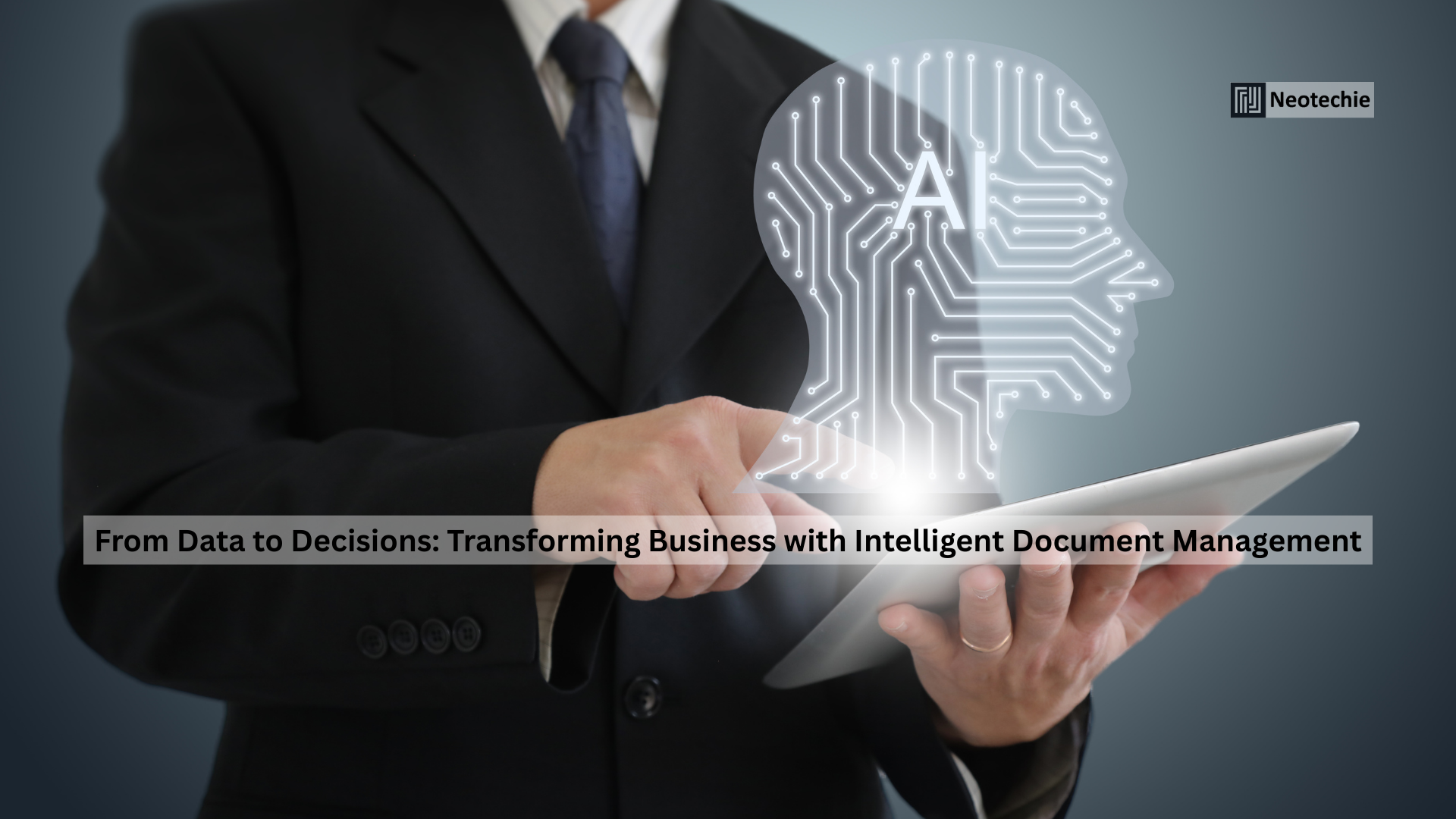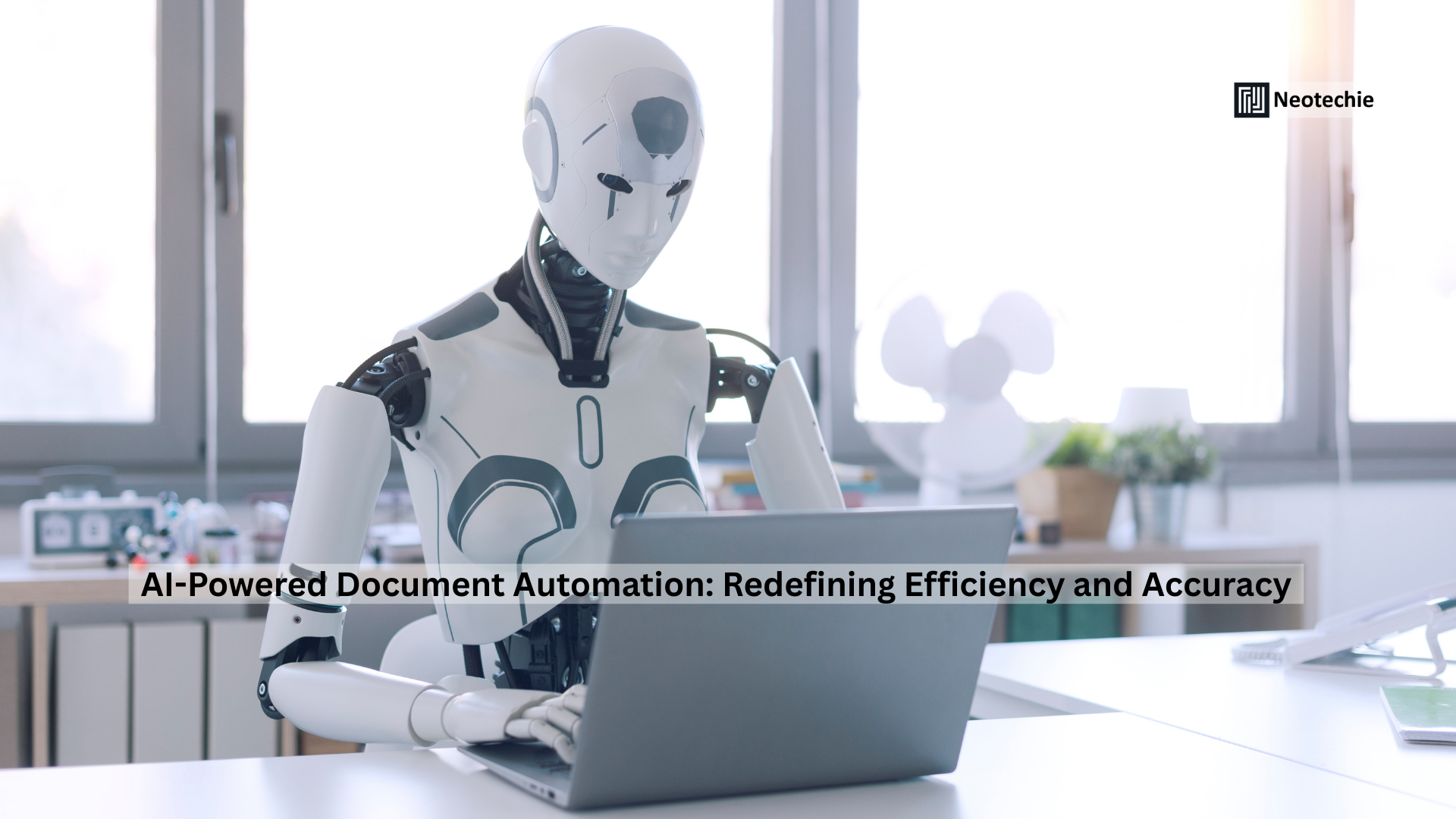Most businesses still operate in a reactionary mode — waiting for problems to arise, responding to demand spikes only after they’ve happened, or scrambling to adapt when market changes catch them off guard. This approach slows growth, increases risks, and leaves enterprises vulnerable to competitors who are faster at reading the market. The real competitive edge lies in predicting events before they occur and acting on them with confidence. This is where AI-driven forecasting makes the leap from analytics to transformation.
Unlike traditional forecasting, which relies heavily on historical trends and static models, AI forecasting brings together machine learning, time-series modeling, deep learning, natural language processing (NLP), and generative AI to forecast outcomes with precision. It can analyze not just past performance but also real-time signals, external conditions, and complex relationships hidden in data. The result? Businesses move from reactive firefighting to proactive strategy.
What: AI Forecasting Explained
AI forecasting is the science of predicting outcomes by applying advanced models to massive, diverse datasets. It takes into account historical data, real-time inputs, and external market signals to generate forecasts that are not just accurate but adaptive.
- Time-Series Forecasting: Identifies patterns, seasonality, and cyclical demand from sales or financial data.
- Causal Forecasting: Links external variables like inflation, weather, and consumer sentiment to business outcomes.
- Anomaly Detection: Flags outliers and unusual events that may signal risks or opportunities.
- Predictive Maintenance: Forecasts equipment breakdowns before they happen, preventing costly downtime.
- Generative AI Forecasting: Creates scenario simulations, runs stress tests, and even suggests the best decision paths.
With AI, forecasting isn’t just about predicting what will happen. It’s about planning the right moves before anyone else sees the shift coming.
Why: The Business Case for AI Forecasting
1. Market volatility is constant
Global supply chain breakdowns, unpredictable consumer behavior, economic uncertainty, and geopolitical shifts make planning harder than ever. AI forecasting provides agility to respond before crises escalate.
Example: A consumer electronics company uses AI forecasting to predict raw material shortages six months ahead, allowing procurement teams to secure supplies before competitors.
2. Data is too complex for manual forecasting
Businesses generate terabytes of structured and unstructured data from ERP, CRM, IoT devices, sensors, and social feeds. AI thrives on this data scale, spotting hidden relationships humans can’t.
Example: A telecom company analyzes billions of call and browsing records to forecast customer churn weeks before customers actually leave.
3. Foresight creates competitive advantage
Acting faster than competitors transforms forecasting into a strategic weapon. By predicting demand surges, customer preferences, or financial risks early, businesses gain a decisive lead.
Example: A retailer launches targeted campaigns a month before demand spikes, boosting sales while rivals scramble with reactive promotions.
4. Proactive risk management
AI forecasting reduces exposure to financial, operational, and reputational risks by alerting organizations early.
Example: A bank uses AI models to forecast loan default likelihood, adjusting credit exposure before risks materialize.
5. Accelerated growth
When businesses trust their forecasts, they can expand into new markets, optimize investments, and allocate resources strategically.
Example: A healthcare provider uses patient volume forecasts to open new facilities in underserved regions, scaling services profitably.
How: Building an AI Forecasting Framework
1. Data Consolidation
- What: Gather internal and external data sources — ERP, CRM, IoT sensors, financial feeds, weather, and social media.
- Why: Forecasts are only as strong as the data feeding them.
- Example: A retailer merges historical sales with weather data, identifying correlations between temperature and regional clothing demand.
2. Model Training and Validation
- What: Train models such as ARIMA, LSTM networks, or hybrid ML models.
- Why: ML learns from historical and real-time data, improving with each iteration.
- Example: A financial firm trains models on years of borrower behavior and macroeconomic data to predict credit risk with higher accuracy.
3. Continuous Learning
- What: Models are refreshed with new data in near-real time.
- Why: Forecast accuracy improves as conditions change.
- Example: Logistics companies use live traffic, weather, and fuel data to update delivery time predictions daily.
4. Scenario Planning with Generative AI
- What: Run simulations of different scenarios — best-case, worst-case, and mid-range.
- Why: Leaders can prepare multiple strategies in advance.
- Example: Manufacturers simulate price fluctuations of raw materials and shift procurement strategies before cost increases hit margins.
5. Integration Into Workflows
- What: Embed forecasts into existing ERP, CRM, or dashboards.
- Why: Predictions need to be operationalized, not just presented.
- Example: A sales team dynamically adjusts promotions and staffing based on forecasted spikes in demand.
Use Cases Across Industries
- Retail & eCommerce: Predict seasonal peaks, optimize inventory, avoid shortages and overstock.
- Banking & Finance: Forecast customer churn, detect fraud patterns, and assess loan risk proactively.
- Manufacturing: Predict demand, optimize production schedules, and prevent equipment failures.
- Healthcare: Anticipate patient volume surges, ensuring adequate staff and supplies.
- Energy: Forecast consumption patterns, enabling smarter grid management and sustainability.
- Logistics: Anticipate route delays, optimize fleets, and cut fuel costs.
How AI Forecasting Transforms Businesses
- From reactive to proactive: Decisions shift from after-the-fact to preemptive moves.
- Agility and resilience: Businesses pivot quickly in response to disruptions.
- Revenue growth: Smarter inventory management, pricing, and promotions increase profitability.
- Risk mitigation: Early warnings prevent financial loss and operational crises.
- Empowered teams: Employees gain confidence making fast, data-backed decisions.
Challenges and Considerations
- Data quality: Garbage in, garbage out. Clean, reliable data is crucial.
- Model transparency: Black-box forecasts can create trust issues. Explainable AI is essential.
- Change adoption: Teams need to be trained to trust and use AI-driven insights.
- Integration investment: Forecasting systems must integrate seamlessly with existing IT ecosystems.
Measuring Success
- Forecast accuracy rates compared with actual outcomes.
- Reduction in stockouts, overstock, or downtime.
- Improved financial forecast reliability.
- Faster decision-making cycles.
- Revenue gains or cost reductions directly linked to AI-driven insights.
How Neotechie Can Help
At Neotechie, we specialize in transforming forecasting into a growth enabler:
- Tailored AI Forecasting Models: Custom-built for specific industry needs.
- Generative AI Scenario Planning: Test strategies against multiple future conditions.
- Real-Time Forecasting: Continuous insights with seamless integration into ERP, CRM, and dashboards.
- End-to-End Deployment: From data readiness and model development to scaling enterprise-wide.
- Transformation-Driven Approach: Forecasting isn’t just about numbers — it’s about reshaping business models for agility, growth, and resilience.
☆ Ready to turn unpredictability into opportunity? Partner with Neotechie to build forecasting models that empower you to act before challenges arise — and seize opportunities ahead of the competition. ☆

